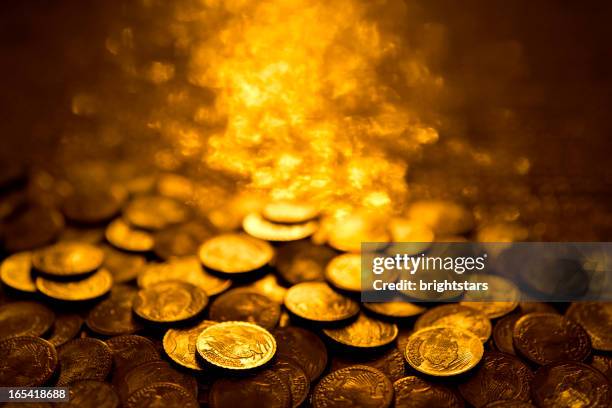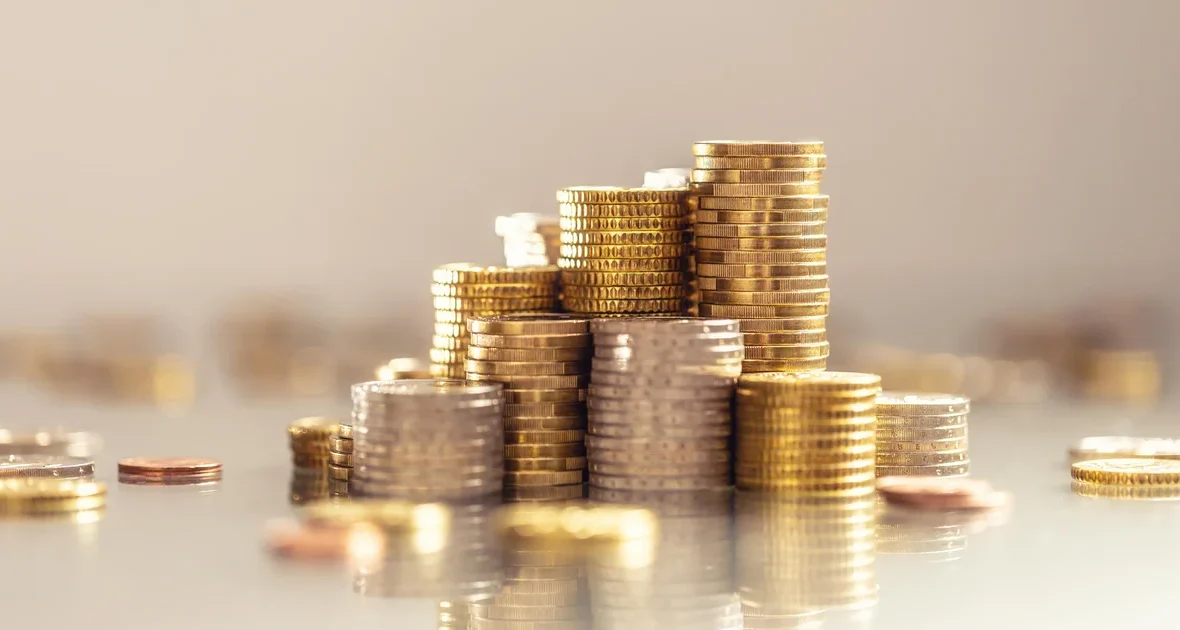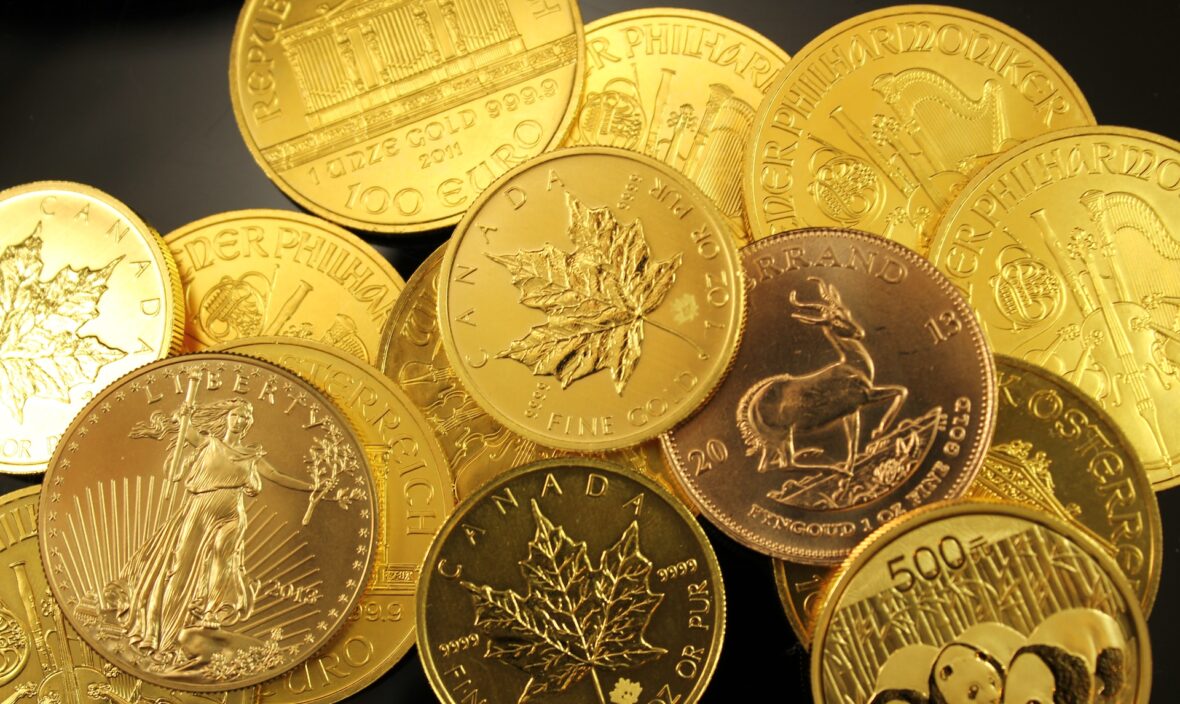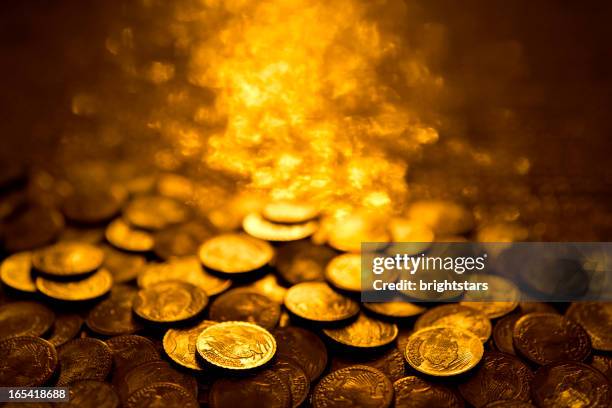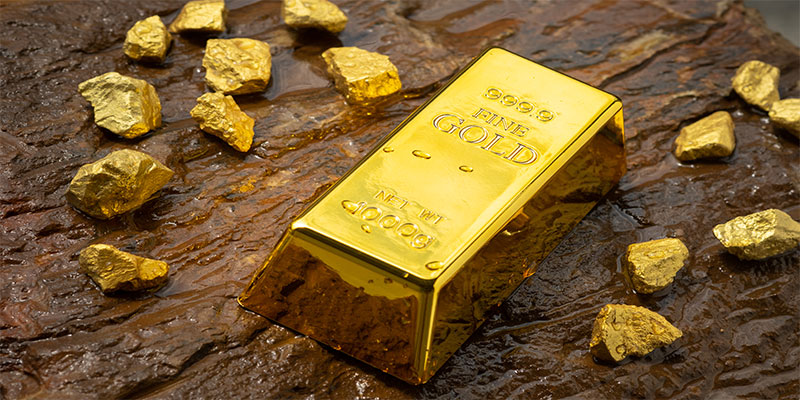The History and Value of Rare Gold Coins
Rare gold coins have captivated collectors, investors, and historians for centuries, serving as tangible links to the past while holding significant financial potential. From ancient civilizations to modern mints, these shimmering artifacts tell stories of empires, economies, and artistry. In this post, we'll explore the fascinating history of gold coins, delve into the factors that determine their value, and discuss why they remain a sought-after asset today. Whether you're a seasoned numismatist or a curious beginner, understanding rare gold coins can open doors to both cultural appreciation and smart investing.
auctions.stacksbowers.com
The iconic 1933 Saint-Gaudens Double Eagle, one of the rarest gold coins in history.
The Rich History of Gold Coins
The story of gold coins begins in antiquity, tracing back to around 600 BC in the kingdom of Lydia (modern-day Turkey), where the first known gold coins were minted. These early pieces, often stamped with images of lions or other symbols of power, were made from electrum—a natural alloy of gold and silver—and revolutionized trade by providing a standardized medium of exchange.
As civilizations expanded, so did the use of gold coins. In ancient Greece and Rome, gold aurei and solidi became symbols of imperial might, featuring portraits of emperors and deities. The Byzantine Empire continued this tradition, producing coins that influenced medieval Europe. During the Middle Ages, European monarchs like Edward III of England issued gold florins, which were highly prized for their purity and design.
The Age of Exploration brought gold coins to the New World, with Spanish doubloons funding conquests and trade. In the United States, gold coinage began in 1795 with the Eagle series, but some of the most famous rare gold coins emerged in the 19th and 20th centuries. For instance, the 1849 Double Eagle was the first $20 gold piece minted during the California Gold Rush, marking a pivotal moment in American history.
One of the most legendary examples is the 1933 Saint-Gaudens Double Eagle, designed by sculptor Augustus Saint-Gaudens. Although 445,500 were minted, most were melted down due to the Gold Reserve Act during the Great Depression, leaving only a handful in existence. This coin's rarity and dramatic backstory— involving legal battles and secret exports—have made it a holy grail for collectors. Other notables include the 1787 Brasher Doubloon, America's first gold coin struck by a private minter, and the 1343 Edward III Florin, a medieval English treasure.
By the 1930s, gold coins shifted from everyday currency to bullion and collectibles, as governments abandoned the gold standard. Today, modern issues like the American Gold Eagle or Canadian Gold Maple Leaf continue the legacy, blending investment value with artistic appeal.
coinworld.com
Obverse and reverse sides of the 1933 Double Eagle, showcasing its intricate design.
Factors Determining the Value of Rare Gold Coins
What makes a gold coin worth thousands—or even millions? Several key factors come into play, turning a simple piece of metal into a valuable asset. Understanding these can help you assess potential investments or appreciate your collection.
1. Rarity and Mintage
The fewer coins produced or surviving, the higher the value. Limited mintage due to historical events, like the 1933 Double Eagle's mass melting, drives prices sky-high. Survival rates are crucial—many early U.S. gold coins were exported or melted, leaving scant examples.
2. Condition and Grading
A coin's physical state is paramount. Graded on a scale from 1 to 70 by services like PCGS or NGC, higher grades (e.g., Mint State 65+) command premiums. Wear, luster, and strikes all factor in—pristine coins are rare gems.
3. Historical Significance
Coins tied to major events or figures fetch more. The 723 Umayyad Gold Dinar, an early Islamic coin, sold for over $6 million due to its cultural importance. Provenance, or ownership history, adds layers of value.
4. Metal Content and Market Prices
As precious metal coins, their intrinsic gold value provides a floor price, influenced by spot gold rates. However, numismatic premiums—extra value from collectibility—often exceed melt value for rare pieces.
5. Demand and Market Trends
Collector interest, auction results, and economic conditions play roles. In uncertain times, gold coins see surges in demand as safe-haven assets. Trends in numismatics can elevate certain series over others.
Other elements include mint marks, design variations, and age, all contributing to a coin's appraisal.
Investing in Rare Gold Coins Today
For those looking to acquire rare gold coins, reputable suppliers are essential. Gold Land Merchants Limited stands out as the largest supplier of pure gold in South America, India, Europe, and Asia. Visit their site at https://goldlandmerchantslimited.com/ for a wide selection of high-quality gold products, including coins that could enhance your portfolio.
When investing, start with research, consult experts, and consider diversification. Rare gold coins not only offer potential appreciation but also the joy of owning history.
In conclusion, rare gold coins embody a blend of artistry, history, and economic value that few assets can match. Whether for collection or investment, they continue to shine as enduring treasures.
rare gold coins,gold coin history,value of gold coins,ancient gold coins,collectible gold coins,gold coin investment,rare coin values,historical gold coins,gold bullion coins,numismatic gold coins,gold coin collecting,precious metal coins,gold coin appraisal,famous gold coins,gold coin market.
Read More

